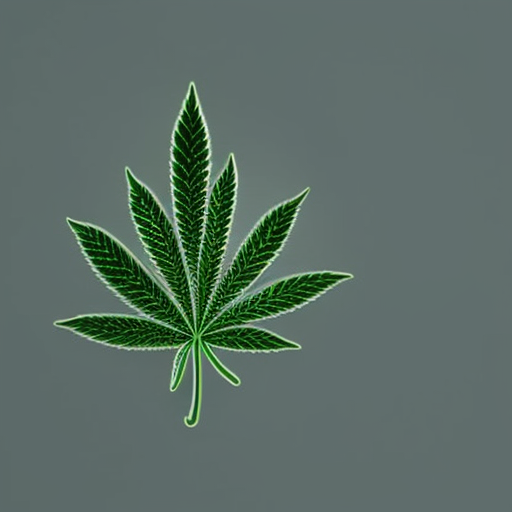 Microbial analysis in cannabis matrices poses unique challenges in the realm of safety testing due to the potential risks associated with microbial contamination. The detection and quantification of microbial content in cannabis samples are crucial for ensuring public health and preventing product recalls. Two primary methodologies are commonly employed for this purpose: culturing and molecular techniques.
Microbial analysis in cannabis matrices poses unique challenges in the realm of safety testing due to the potential risks associated with microbial contamination. The detection and quantification of microbial content in cannabis samples are crucial for ensuring public health and preventing product recalls. Two primary methodologies are commonly employed for this purpose: culturing and molecular techniques.
Culturing methods involve the identification of microbes present in samples by growing them on agar plates. This traditional approach, developed in the 20th century, can be time-consuming, taking anywhere from 24 to over 120 hours to yield results. Chromogenic media can expedite this process for certain organisms, but some, like Shiga-toxin producing E. coli and Aspergillus species, remain challenging to detect using culturing techniques.
On the other hand, molecular techniques isolate genetic material from microbial organisms, such as DNA or RNA, and amplify it using polymerase chain reaction (PCR). This method, developed in the 1980s, provides rapid results within approximately 24 hours and can detect unculturable organisms that pose difficulties for culturing methods.
Regulatory standards for microbial testing vary between states and may be qualitative (detected or not detected) or quantitative (< X colony forming units per gram). Molecular techniques are often used for qualitative analyses, while culturing methods are more suitable for quantitative assessments. However, challenges arise when interpreting results with stringent quantitative limits such as “< 1 CFU/g,” which may necessitate a shift towards qualitative assessments in some cases.
The choice between culturing and molecular techniques has implications for accuracy and regulatory compliance in cannabis safety testing. While molecular PCR techniques offer rapid results, they may diverge from traditional culture-based methods commonly used in regulatory frameworks that mandate CFU/g measurements. Striking a balance between these approaches is essential to ensure consistent and reliable microbial analysis results in the cannabis industry.
Moving forward, regulators should set realistic limits that align with the capabilities of current testing methodologies, while labs must prioritize accuracy and reliability in their analyses. By harmonizing qualitative molecular analyses with quantitative culturing methods where appropriate, stakeholders can enhance the trustworthiness of cannabis safety testing practices and uphold public health standards within the industry.

